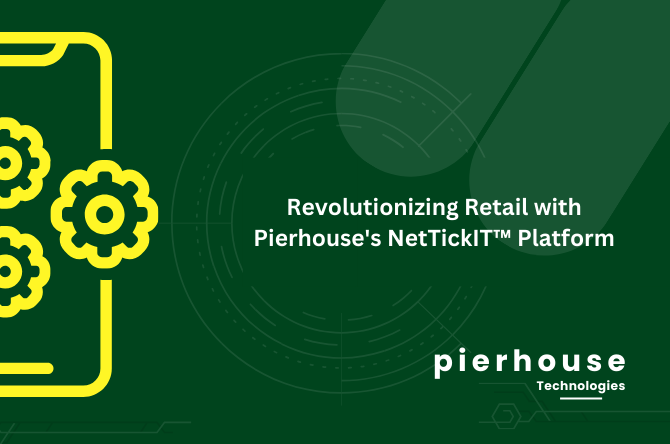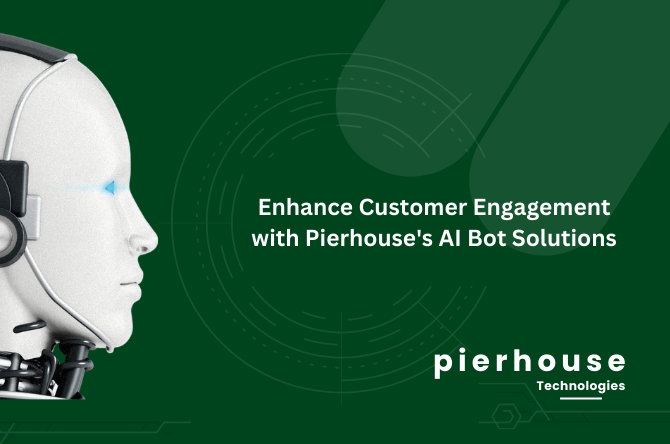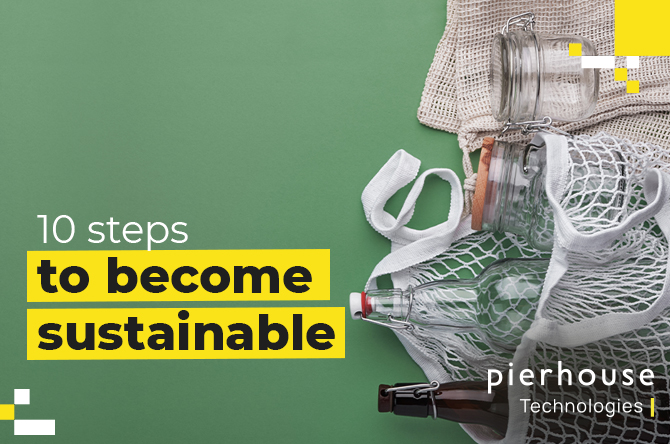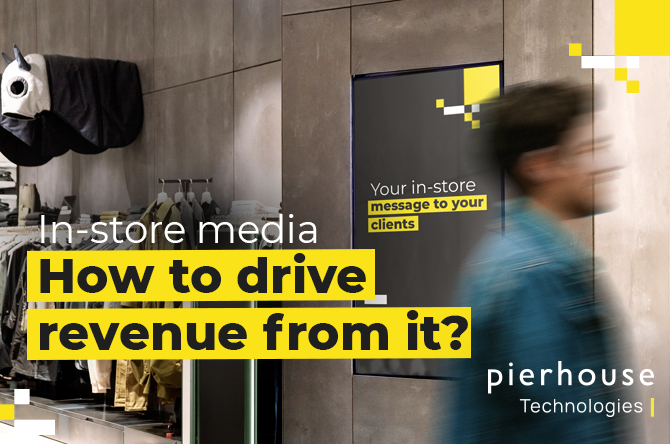
In the past, according to Martec, store systems accounted for up to 80% of CIO’s budgets and now they account for just 17%. The risk is that the drive to build an omnichannel environment can become the over riding prime focus at the expense of investments in other parts of the business. It’s time to review what shoppers really want and what gives retailers the best ROI.
Shoppers have very simple needs
They want shopping to be as interesting and hassle-free as possible. Anything that they believe does not help them achieve these criteria will be ignored or will potentially drive them away from a retailer.
What are smart retailers doing?
They are looking at their technology investment plans. Questions are being asked such as: Is being able to buy any product at any time, in any way, delivered by any method a top requirement for all customers? Just how important to customers is the ability to totally seamlessly move between all channels? The answers are that they are both important but not for every shopper and certainly not all the time.
Shoppers just want what’s right for them, so total flexibility is not required – just in case. As a result of these types of reviews, retailers are examining and prioritising investments from more of a customer point of view. Put simply, how will an investment make shopping more interesting and hassle-free for customers? As we all know, happy customers spend more.
Investing in stores
For the vast majority of retailers, 90% of their sales involve physical stores. So what helps create hassle-free shopping in stores? The most basic requirement is that a shopper must be able to easily find what they are looking and be provided with enough information to make the right buying decision. A number of retailers are discovering that their ticketing and signage system hasn’t been updated for years, and what was fine five years ago isn’t today. For example, shoppers are expecting product information in stores to a similar standard as online. They want to know interesting things about the products and how to use them, as well as the price. Have a look at this example.
Other areas of significant investment in stores include: payment systems, click and collect online access, which all reduce the hassle factor. However, before adding to this list, it’s vitally important that a smart ticketing and signage is in place.
If you would like to talk more about the contents of this blog or want to review your current signage and ticketing system, please get in touch.
Also check out what are KPIs in sales.
